Spherical Plain Radial Bearings in Wind Turbines
 Dec 10,2024
Dec 10,2024

 Wanyuan
Wanyuan
Industry Background
The renewable energy sector, especially wind power, has been growing exponentially in recent years. Wind turbines are designed to capture the kinetic energy of the wind and convert it into electrical energy. These trbines operate in various environmental conditions, from coastal areas with high humidity and salt - laden air to inland locations with extreme temperature variations. Reliability and long - term performance of wind turbine components are crucial to ensure continuous power generation and cost - effectiveness.
Application in a Wind Turbine Yaw System
In a large - scale wind turbine, the yaw system is responsible for orienting the turbine rotor into the wind direction. The yaw bearing, which is a type of spherical plain radial bearing in this case, plays a vital role. The yaw bearing in a 3 - MW wind turbine experiences significant loads due to the weight of the nacelle (the housing that contains the generator, gearbox, and other components) and the aerodynamic forces acting on the rotor.
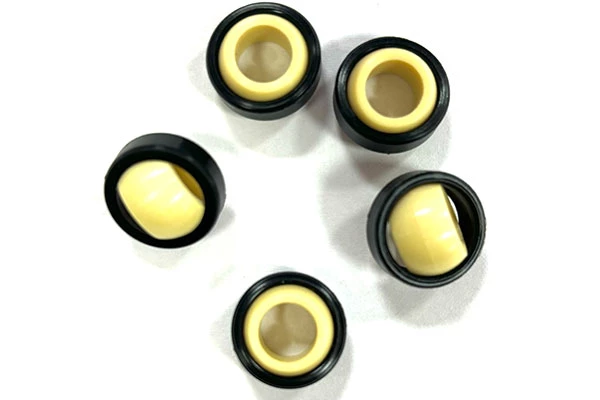
Problem Encountered
Initial yaw bearings in some older - model wind turbines had issues with premature wear. The complex loading conditions, including high axial and radial forces along with moments, caused uneven stress distribution on the bearing surfaces. This led to increased friction, reduced rotational efficiency, and ultimately, shorter bearing lifespan. Downtime for bearing replacement was costly, both in terms of lost energy production and maintenance expenses.
Solution
Manufacturers introduced advanced spherical plain radial bearings with improved material properties. For example, the bearing races were made of high - strength alloy steel with enhanced heat treatment processes to increase hardness and wear resistance. The sliding surfaces were coated with a specialized polymer composite that reduced friction coefficients. Additionally, the bearing design was optimized to better distribute the loads, with a more precise spherical geometry that allowed for self - alignment even under extreme loading conditions.
Results
After the upgrade to the new spherical plain radial bearings, the mean time between failures (MTBF) of the yaw system increased from 2 - 3 years to over 5 years. The reduction in friction led to a 5% improvement in the overall efficiency of the yaw system, translating into increased power generation. Maintenance costs related to the yaw bearing replacement decreased by approximately 40%, as the longer - lasting bearings required fewer replacements.





 HOME
HOME Rod End Bearings in Construction Equipment
Rod End Bearings in Construction Equipment  You May Also Like
You May Also Like
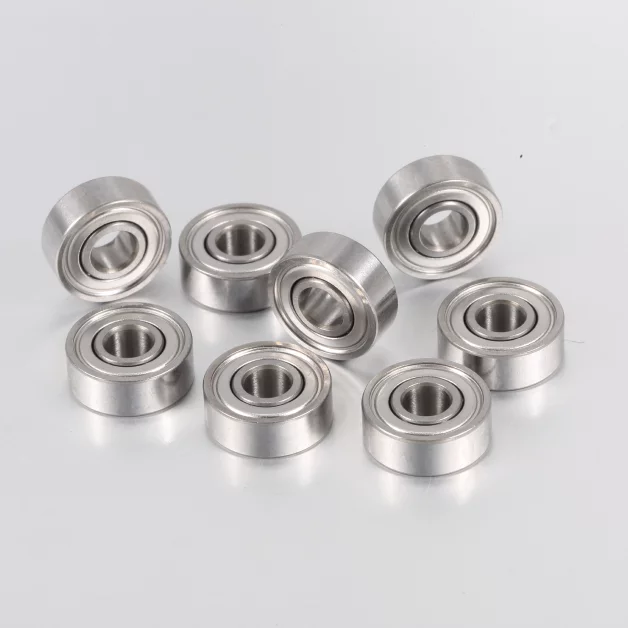

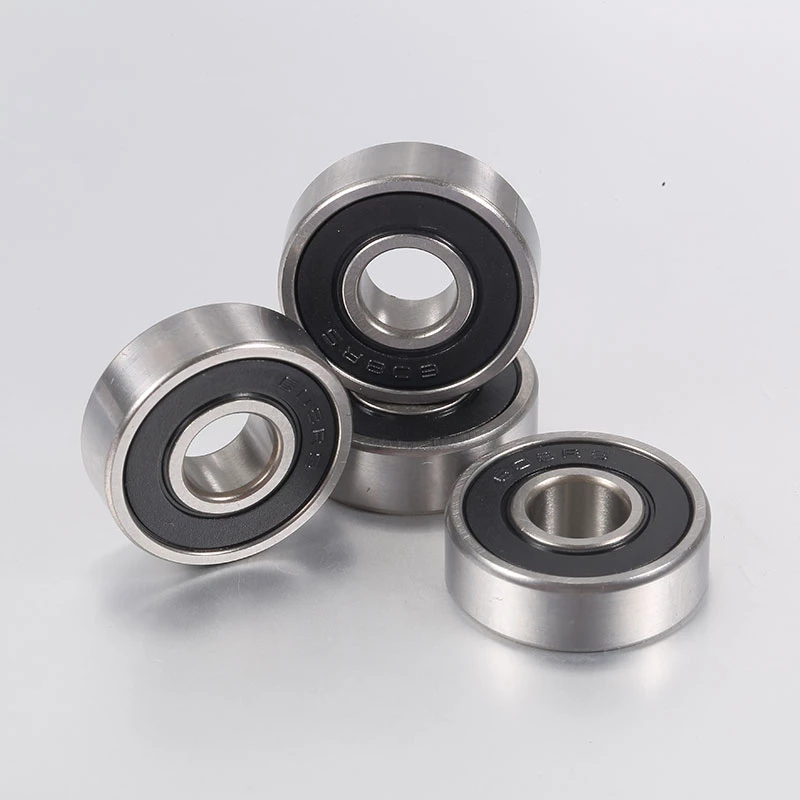
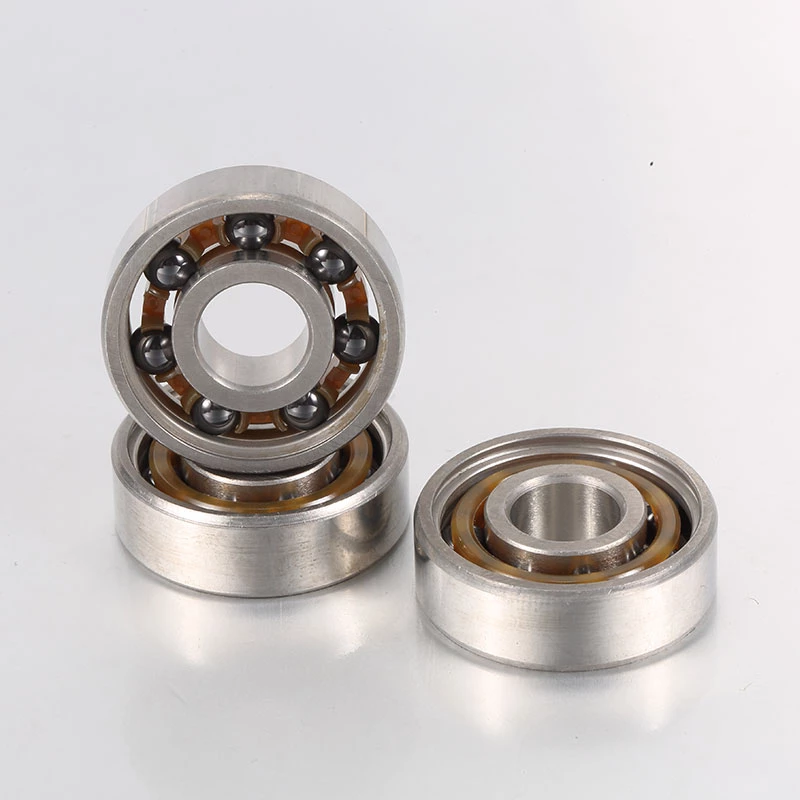
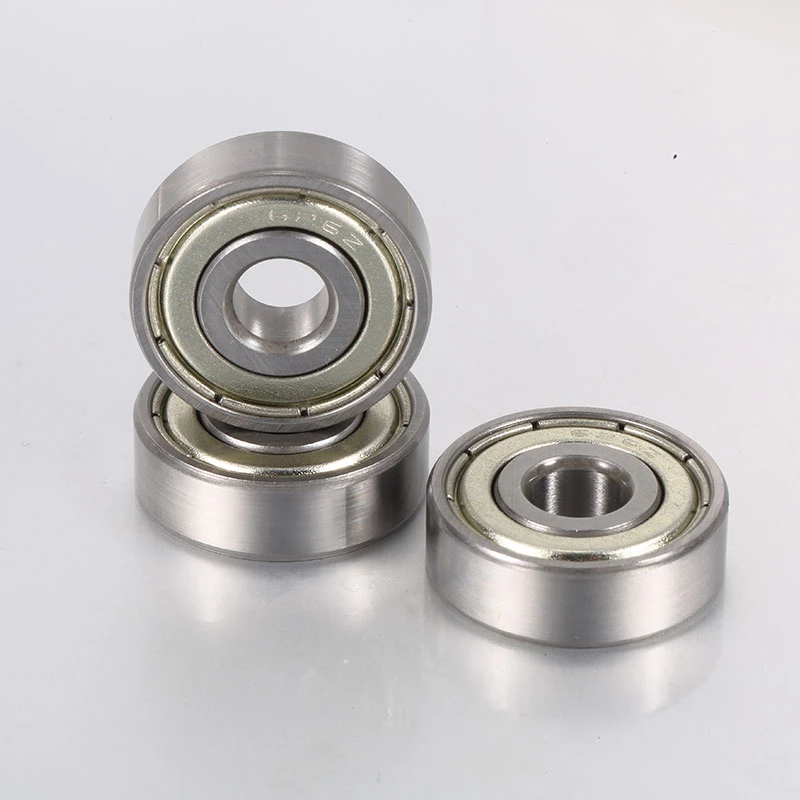
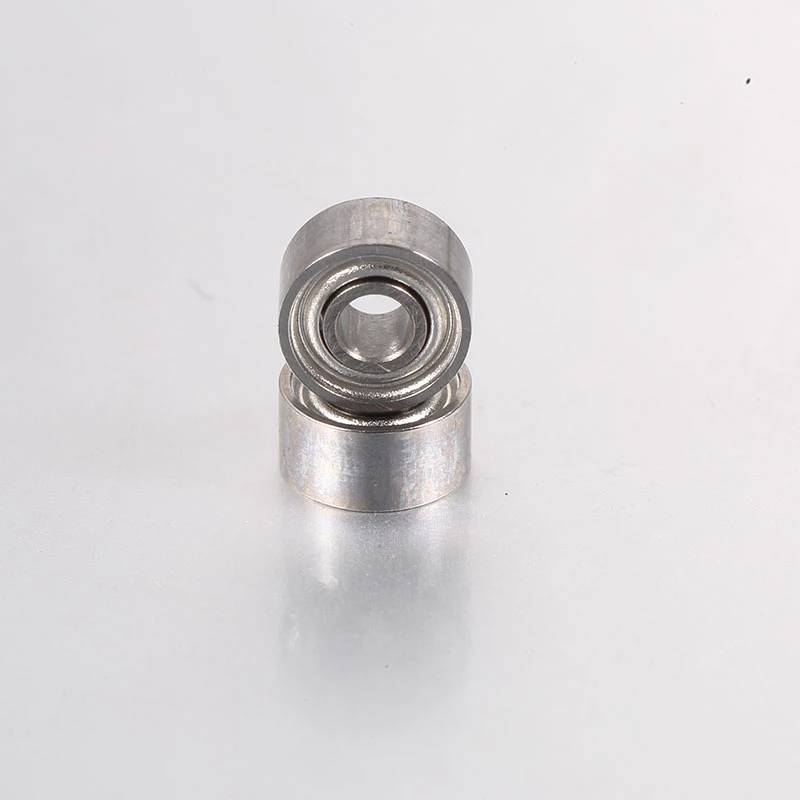
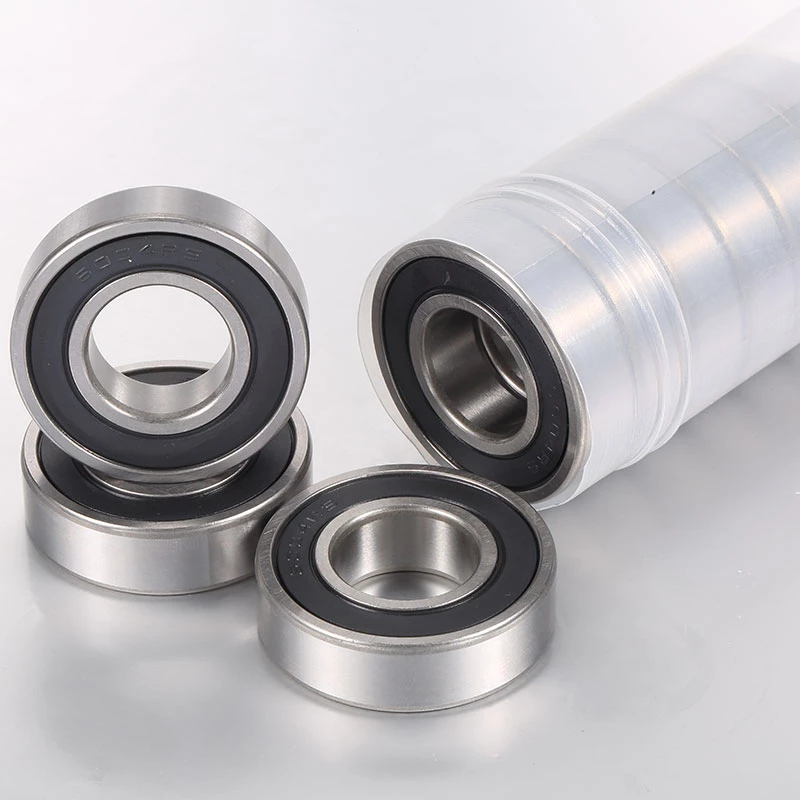
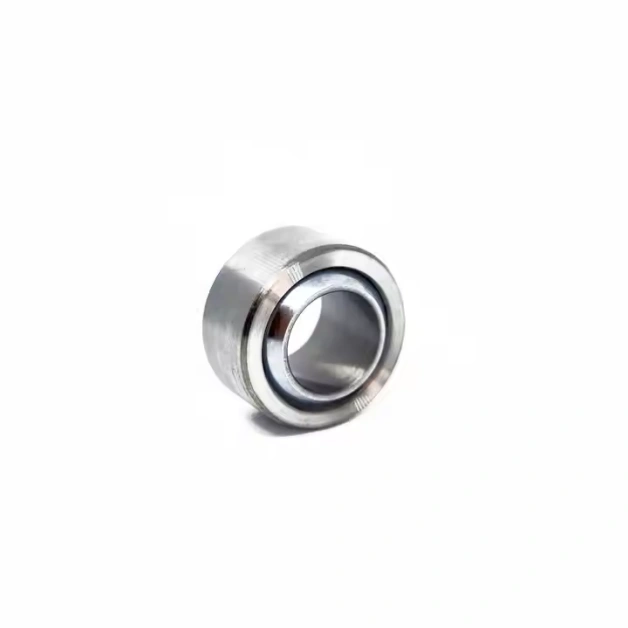
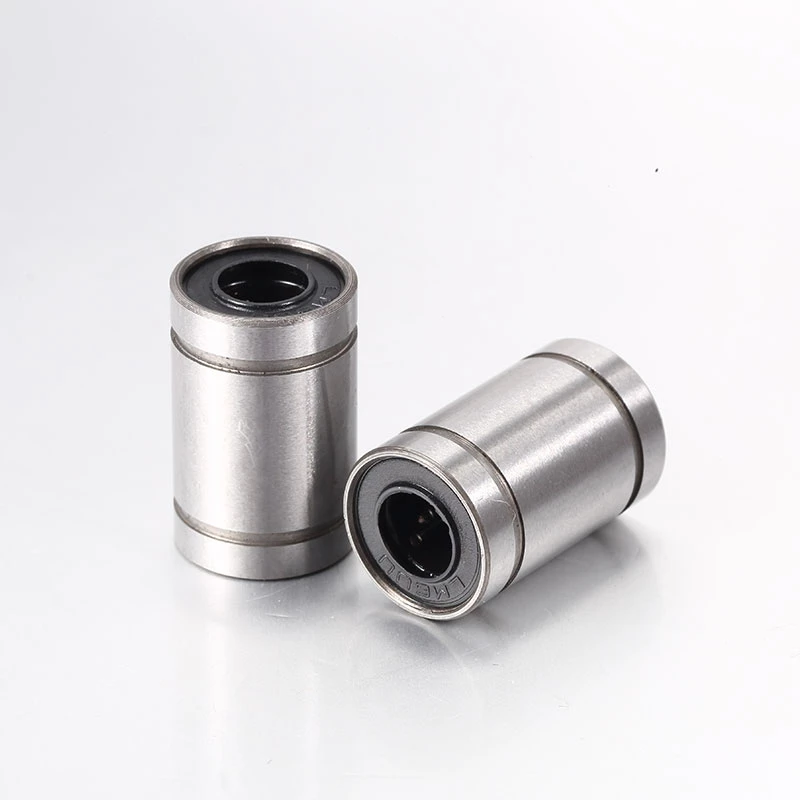
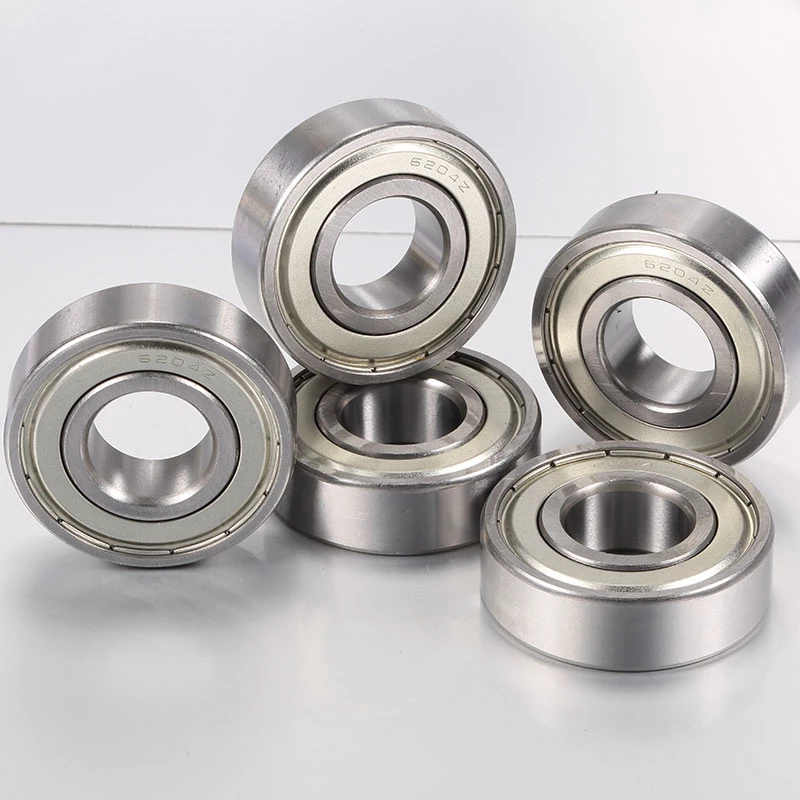
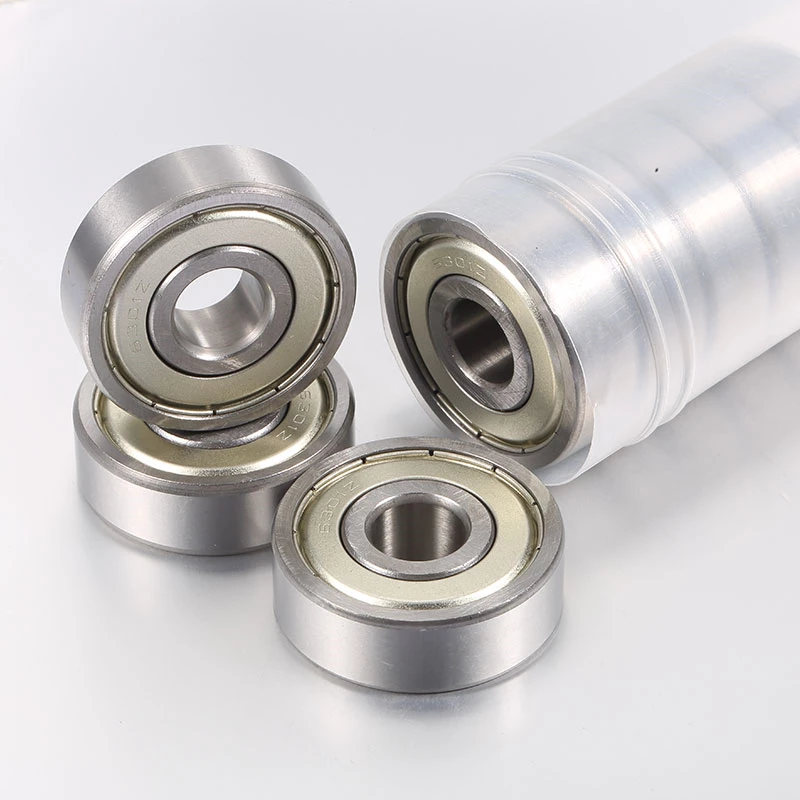
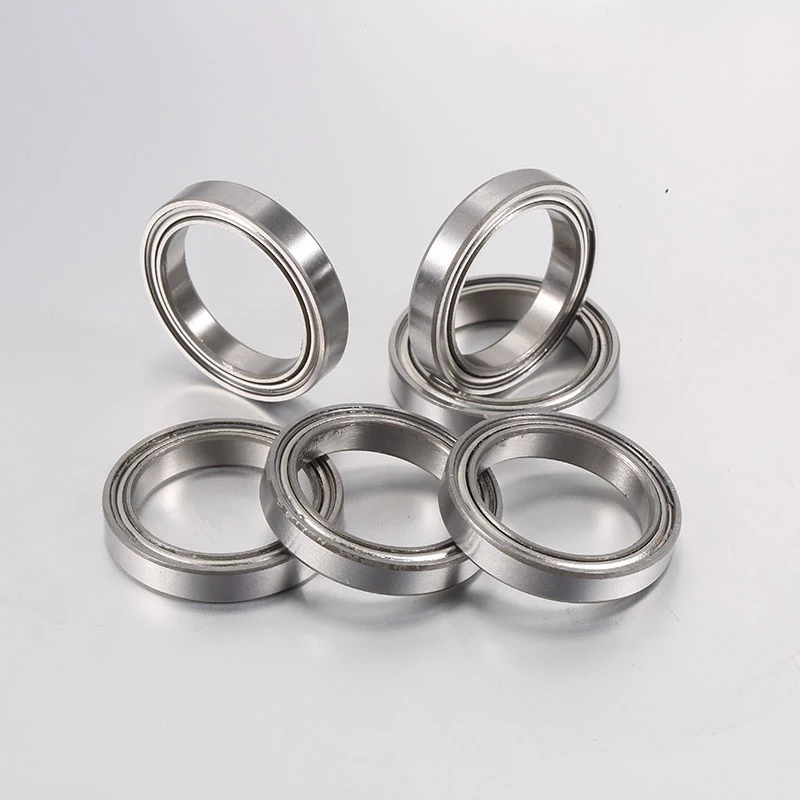
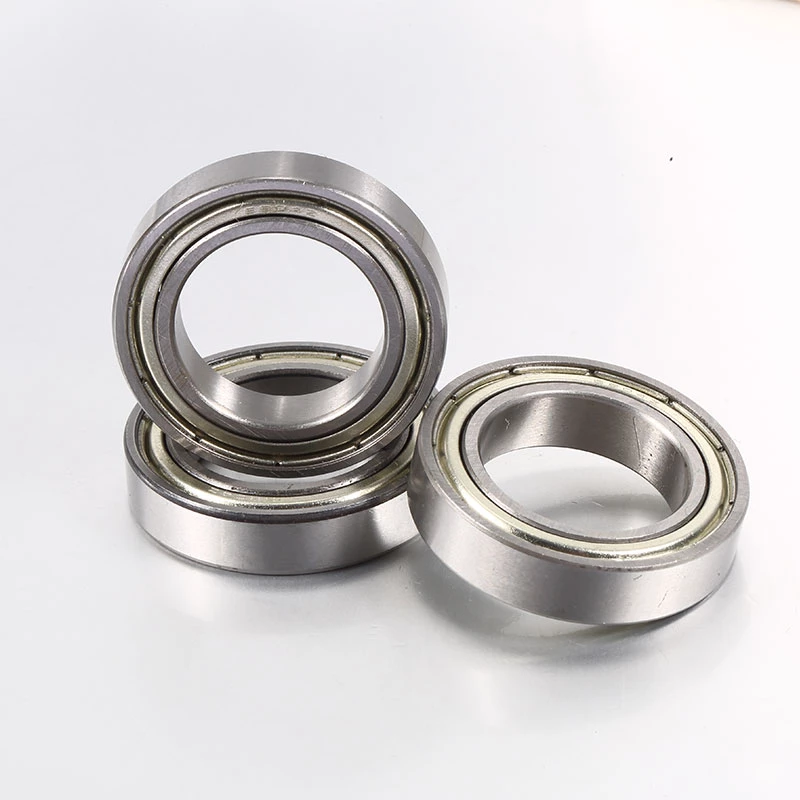
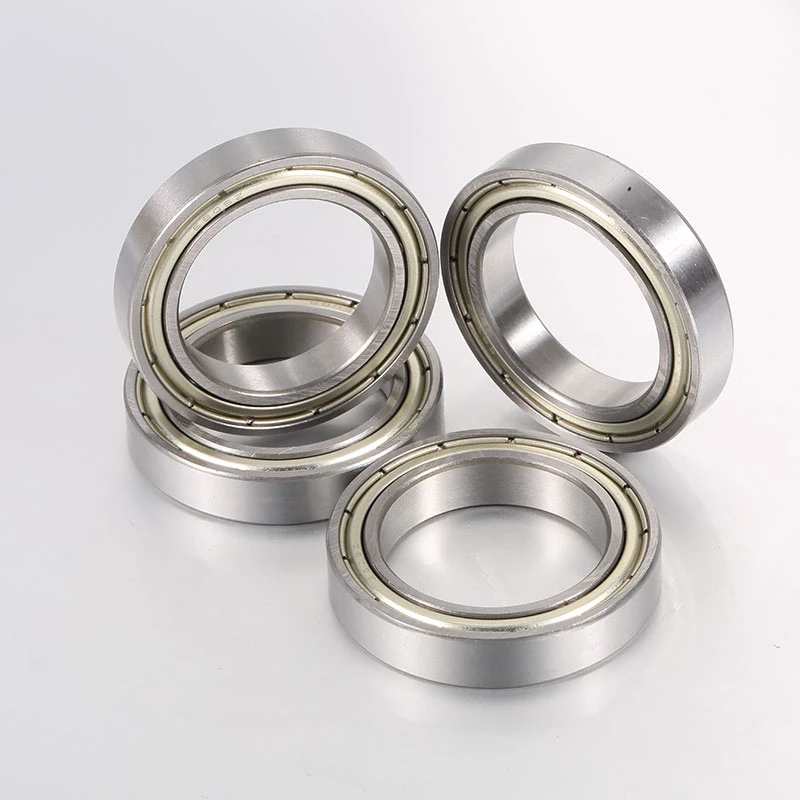
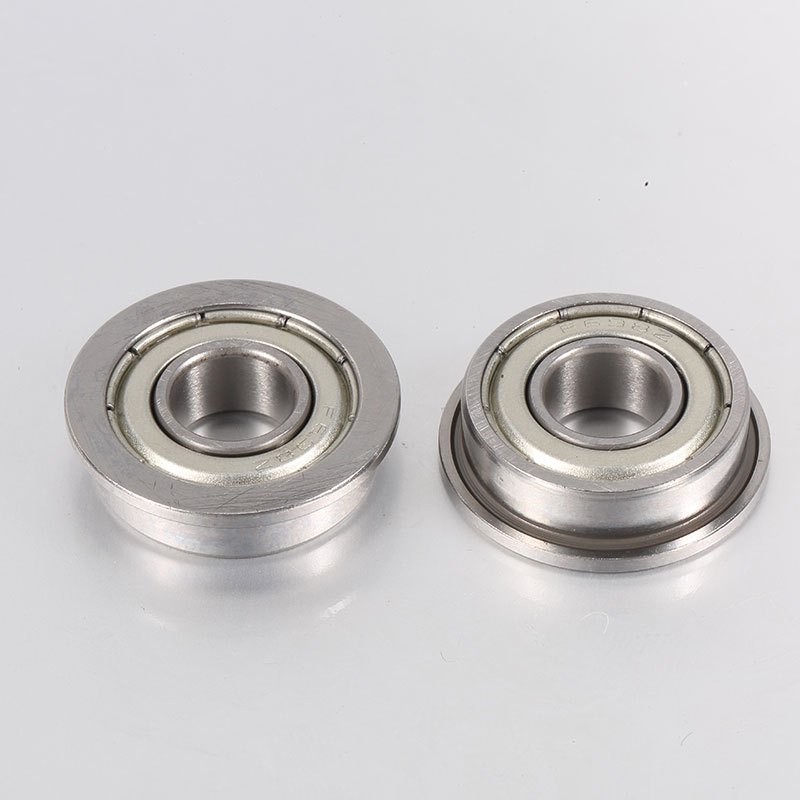
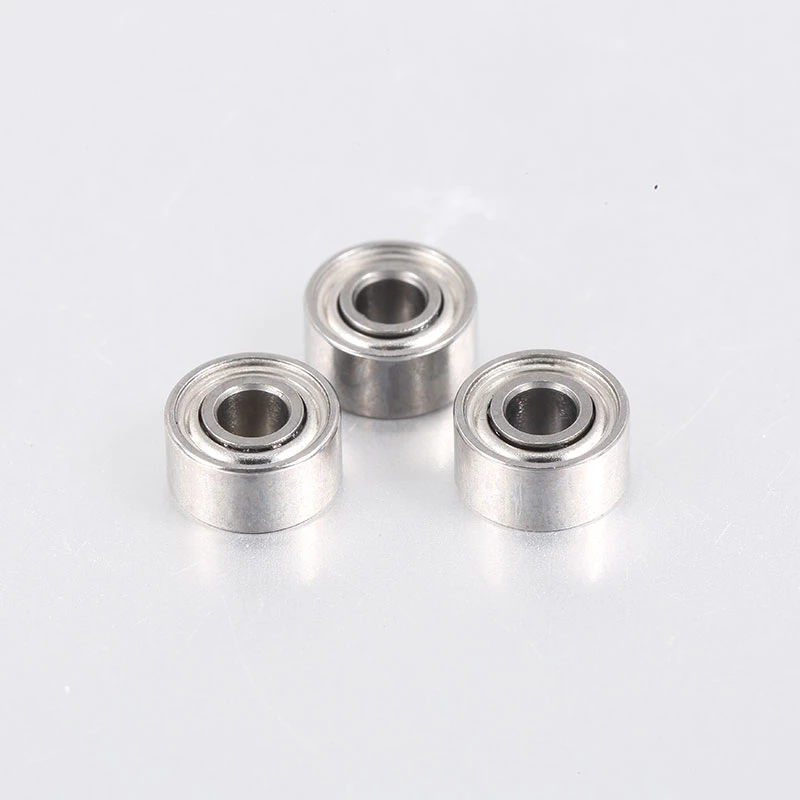
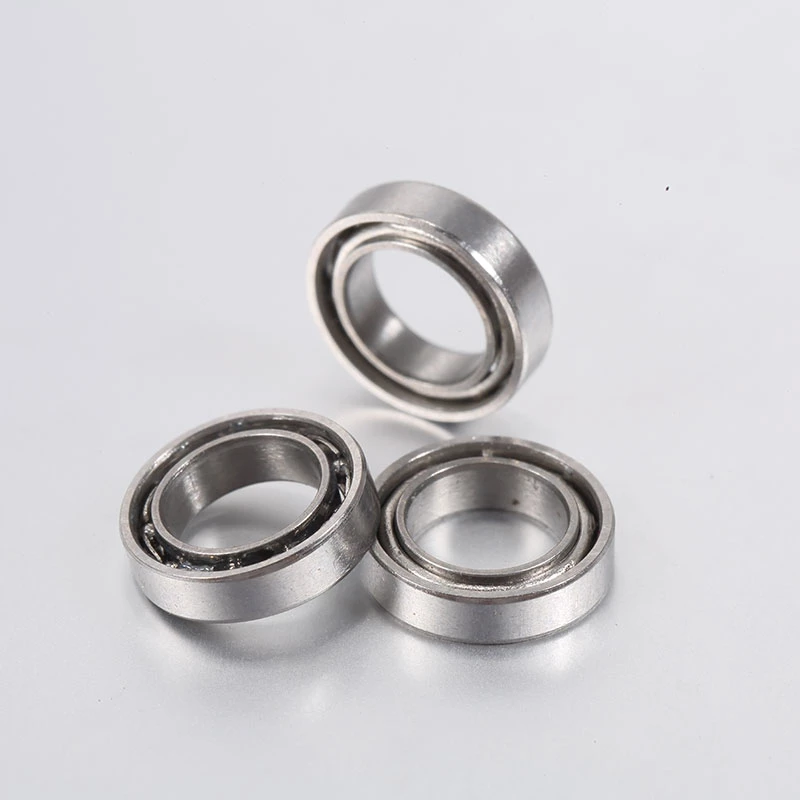
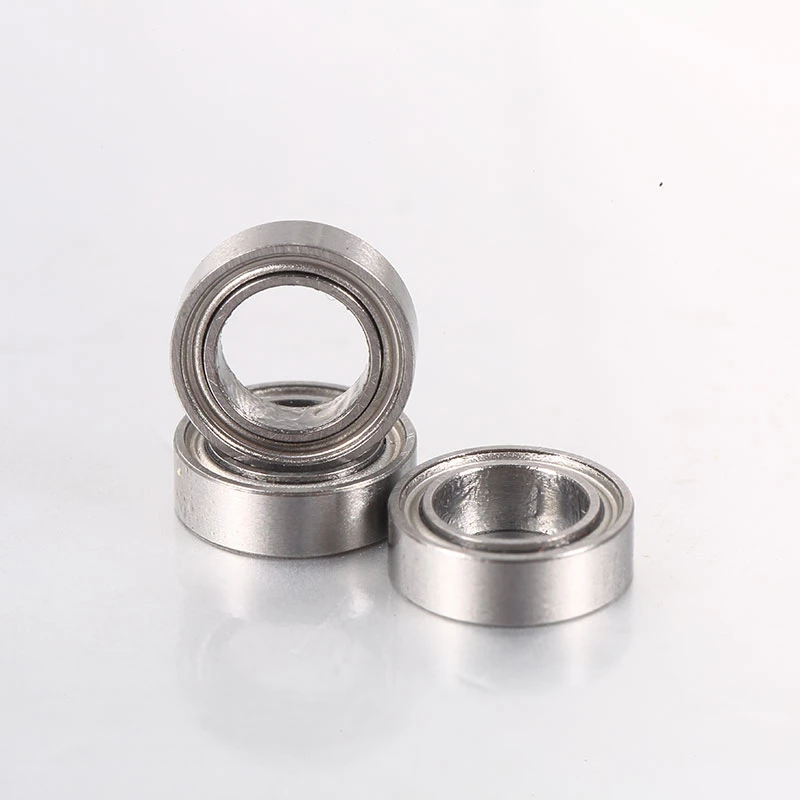
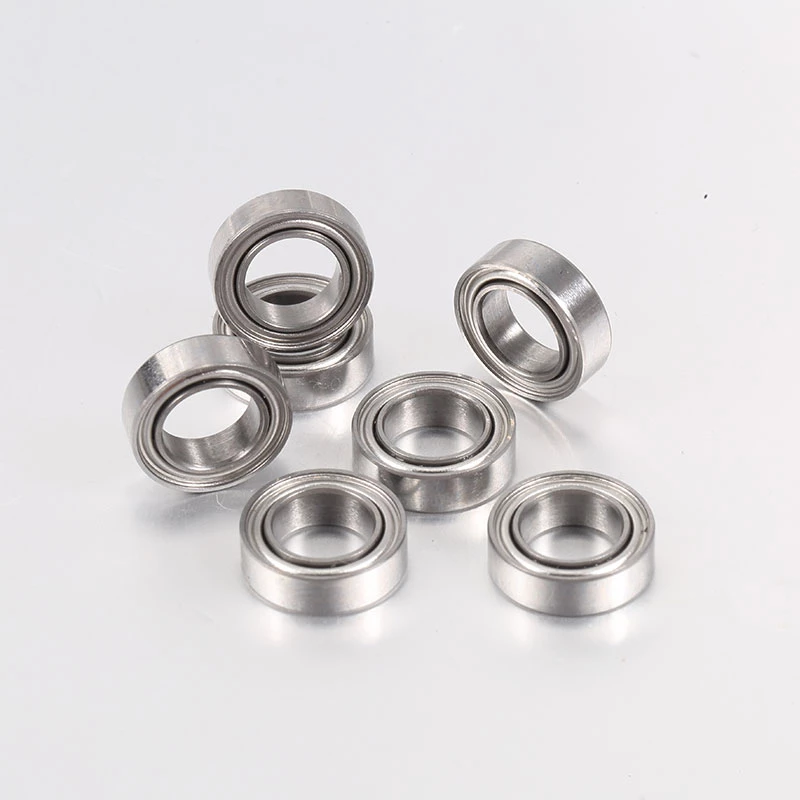
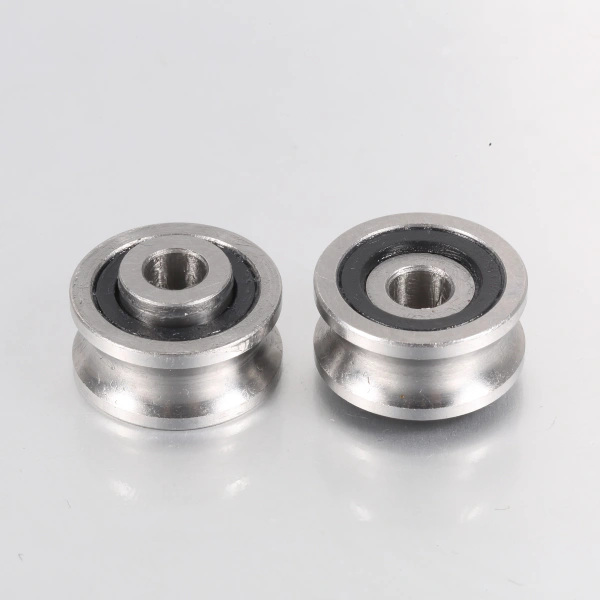
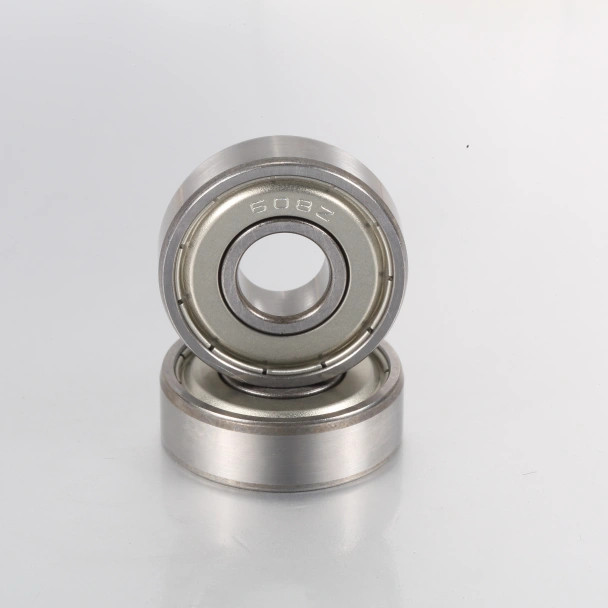

 Tel
Tel
 Email
Email
 Address
Address











 Let’s Talk
Let’s Talk

